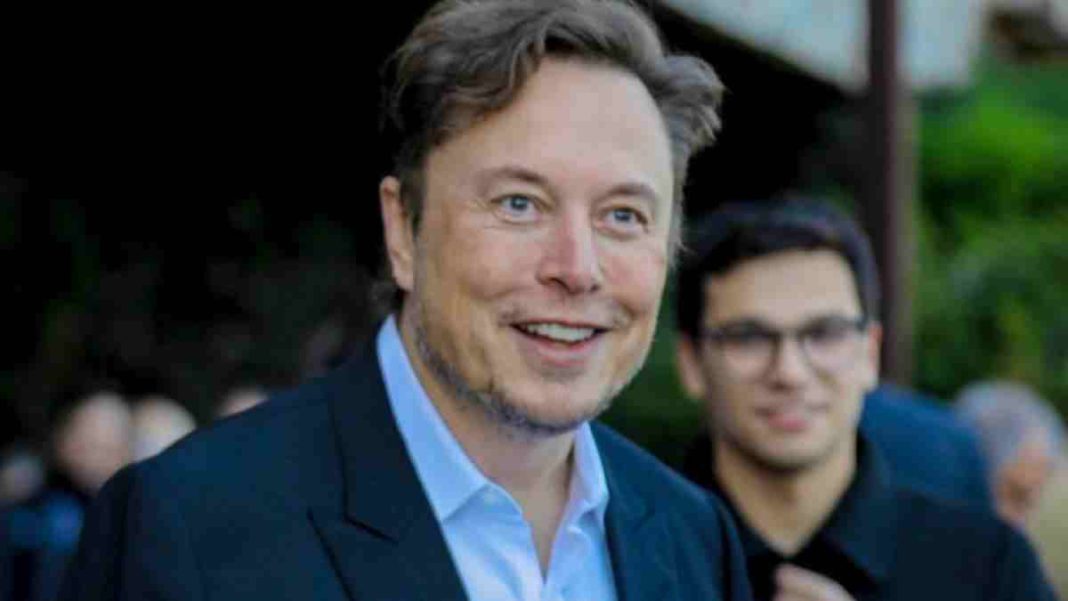AZERBAIJAN: In a virtual address at the International Astronautical Congress in Baku, Azerbaijan, Elon Musk, the founder and CEO of SpaceX, delivered a bold proclamation that has sent ripples through the space exploration community.
Musk confidently asserted that his company, SpaceX, could successfully execute a spacecraft landing on Mars within a remarkably brief period of three to four years.
Musk’s commitment to space exploration
Elon Musk’s declaration has once again underscored his unwavering commitment to pushing the boundaries of space exploration.
With SpaceX at the forefront of pioneering space travel, his vision of making Mars a viable human destination has driven the company’s relentless pursuit of technological advancements.
Challenges along the way
SpaceX’s quest for interplanetary travel is not without its challenges. This proclamation comes on the heels of a pivotal event in the company’s history.
SpaceX’s Starship, hailed as the most significant and most potent launch vehicle ever constructed, embarked on its maiden uncrewed test flight from the Starbase facility in Boca Chica on April 20, 2023.
However, the mission encountered a setback when the launch vehicle’s upper stage failed to separate from the lower stage, leading to a mid-air explosion. Initially designed for a 90-minute debut flight, the mission failed in less than four minutes.
Learning from setbacks
Elon Musk, known for his resilience in the face of adversity, acknowledged the importance of managing expectations following the April explosion. He emphasized SpaceX’s commitment to learning from setbacks and iteratively improving its technology.
Despite the challenges and setbacks, Musk remains steadfast in his longstanding aspiration to utilize the Starship rocket to facilitate human landings on the Red Planet.
Regulatory hurdles and FAA involvement
Technical hurdles and regulatory challenges mark the path to Mars. The United States Federal Aviation Administration (FAA) took decisive action in September by grounding the Starship following the April incident.
The FAA’s decision came after an exhaustive investigation identified potential contributing factors and prompted the agency to outline 63 corrective actions to prevent similar incidents.
Recent reports suggest that the FAA may expedite the issuance of a launch license for the Starship, possibly as early as October, provided that SpaceX successfully addresses the identified issues. However, as of now, the necessary launch license from the federal regulator remains pending.
Environmental approvals and the road ahead
In addition to navigating regulatory hurdles, SpaceX must secure further environmental approvals for its upcoming launches. These additional layers of complexity underscore the multifaceted challenges associated with Musk’s audacious vision for Mars exploration.
While Elon Musk’s announcement of a Mars landing within ‘3 to 4 years’ is nothing short of audacious, the journey to achieve this monumental feat is fraught with hurdles, technical complexities, and the uncharted territory of interplanetary exploration.
Also Read: SpaceX’s Starship Engine Ignites in Cold Lunar-like Test, Nears Human Moon Landing Milestone



